CAVALIER KING CHARLES SPANIEL

Having originated from a noble bloodline, it is often rumored that there is a special consideration granted to the Cavalier King Charles Spaniel – specifically, a decree that allows them entry to all public buildings in the United Kingdom. But as cool as this may sound, it is nothing but a blown-up myth. The Cavalier Club wrote in their website, “No law was ever passed to allow the breed privileged access. More than likely, Charles II simply took his dogs anywhere he wished and nobody would dare challenge him.” But who knows? Maybe in the future, such a law can be ratified, not only for Cavalier King Charles, but for all dogs
According to The Kennel Club UK, the history of the Cavalier King Charles Spaniels dates as far back as the 16th century when they descended from toy spaniels. However, it was not until when monarchs King Charles I and his son King Charles II became fond of the breed that their popularity began to spread, notably among other aristocrats. King Charles II, whom the breed was named after, is said to have been so taken with his canine companions that he would rather spend time with them than do his obligations. Diarist Samuel Pepys wrote, “All I observed was the silliness of the King playing with his dogs all the while, and not minding his business.” But having dogs as charming and loyal as the Cavaliers, who could blame him? At 13 inches and 18 pounds, they are considered the largest of the toy breeds. They are active, playful dogs but will readily adapt to a relaxed environment if their humans prefer a laidback lifestyle. Sweet-natured, graceful, and gentle, the Cavalier King Charles Spaniel embodies the top qualities of nobility. Combined with their large, dark, classic puppy dog eyes, long coat, and all-around elegance, you might just find yourself bowing down under their rule.
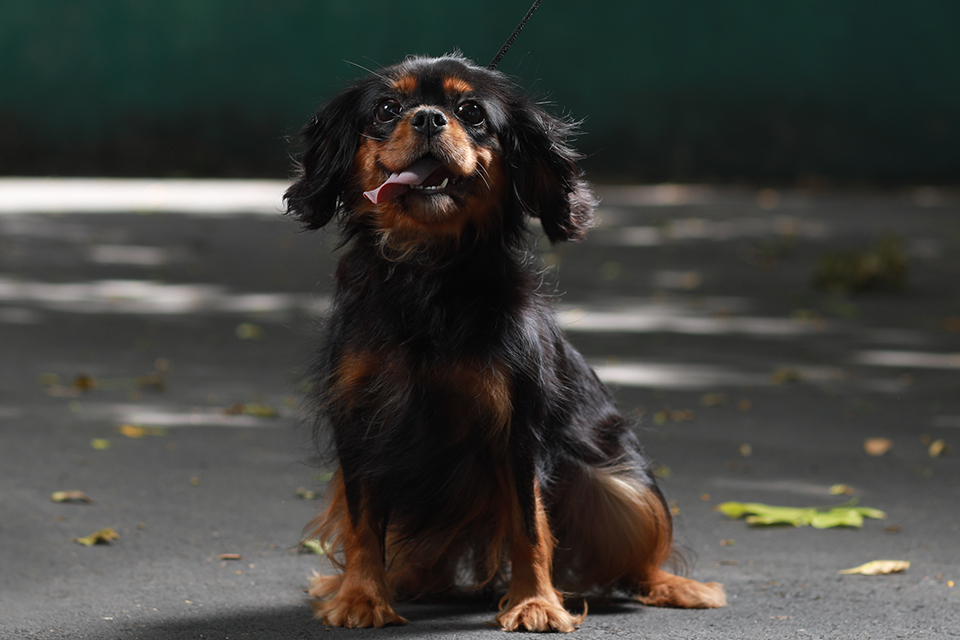
It’s not all comfort and luxury for Cavalier King Charles Spaniels. They are often overbred and abused by breeders and “pet” shops who have little to no regard for their well-being and are only looking after profit. PETA president and co-founder Ingrid Newkirk wrote The Down Side of the Highly Bred Dog for Hartford Courant in 2017. She said, “Cavalier King Charles spaniels who suffer from syringomyelia scream in agony because their brains are too large for their unnaturally flattened skulls. One veterinary neurologist, interviewed for the BBC documentary Pedigree Dogs Exposed, described the brains of dogs with this condition as being ‘like a size 10 foot that’s been shoved into a size 6 shoe.’” Because of the terrible conditions that dogs experience from breeding, animal advocates work tirelessly to lobby and push for laws to end this kind of exploitation, not to mention many countless others. Case in point: In 2017, a campaign was launched to end puppy farming in the UK.
LUCY’S LAW
In his 2018 article for The Mirror titled The Lucy who inspired Lucy’s Law: How rescued Cavalier King Charles Spaniel pup helped boost animal welfare, Andrew Penman recounted Lucy’s story. Lucy was a female Cavalier who, when found by her rescuer Lisa Garner at a puppy farm in 2013, was in extremely poor health. She had fused hips and a curved spine from living in a cramped cage for too long. She also suffered from malnourishment, dry eye, epilepsy, and fur loss, and her skin smelled of burning flesh after being exposed to ammonia from lying around in her urine. Despite the difficult ordeal that she went through, Lisa said, “With lots of patience, Lucy went on to enjoy a full, albeit far too short life, filled with happiness, and her love for life radiated to all those who met her.” After three years of freedom, Lucy crossed the rainbow bridge in 2016, but her legacy lives on through Lucy’s Law. Lisa, together with veterinarian and PupAid founder Marc Abraham and a team of supporters from celebrities to animal organizations, campaigned to end puppy farming and launched Lucy’s Law in December 2017. The UK government’s Department for Environment, Food, & Rural Affairs published press releases of the status of Lucy’s Law when it was laid into parliament in May 2019 as well as when it came into full effect in April 2020. “Lucy’s Law spells the beginning of the end for puppy farming,” reads the title of the latter press release.
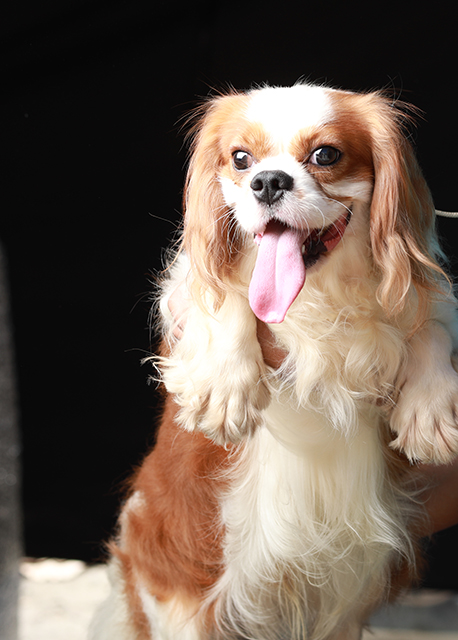

HEALTH IS WEALTH
StorySadly, dogs like Lucy who end up having to endure vile conditions are often seen as cute but expendable objects. For no other dog to suffer, wonderful dog parents, such as the readers of Animal Scene, choose to look at them as individuals who are deserving of love and care.Taking in a new dog means taking in a new family member. Dogs are neither toys nor commodities, and to caring humans like you, their health is always top priority.James Chong, human of Cavalier King Charles Chimera who graces the cover, says of the breed, “Wala namang masyadong nagiging health problem. Healthy sila. Pero siyempre, like other dogs, may iba nagkakaroon din ng hip dysplasia. Kaya dapat siyempre alaga din.” Apart from their physical health, it is as equally important that their mental health needs are also met. “Madali lang naman siya alagaan, basta bigyan lang ng time daily, makipag-bonding ka sa kanila. Very sweet itong breed na ‘to,” Chong shares.

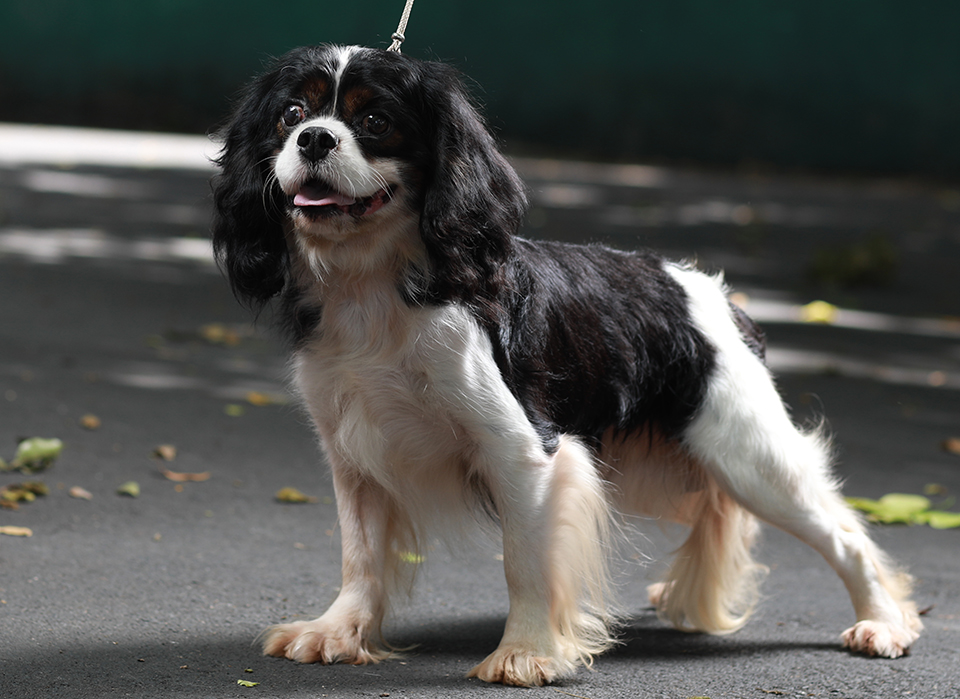

Cavaliers are extremely loyal, devoted companions and are known for being lap dogs. They enjoy being around children as well as other dogs. Vet Tech Assistant Shayla McConnell lists the Cavalier King Charles Spaniel as one of the most loyal dogs in the world in her article for PlayBarkRun titled Top 28 World’s Most Loyal Dogs. She wrote, “Cavaliers are ‘Velcro’ dogs, meaning they want to spend every second or every day with you.” Since Cavaliers crave for human interaction, make sure that they always have company with them.

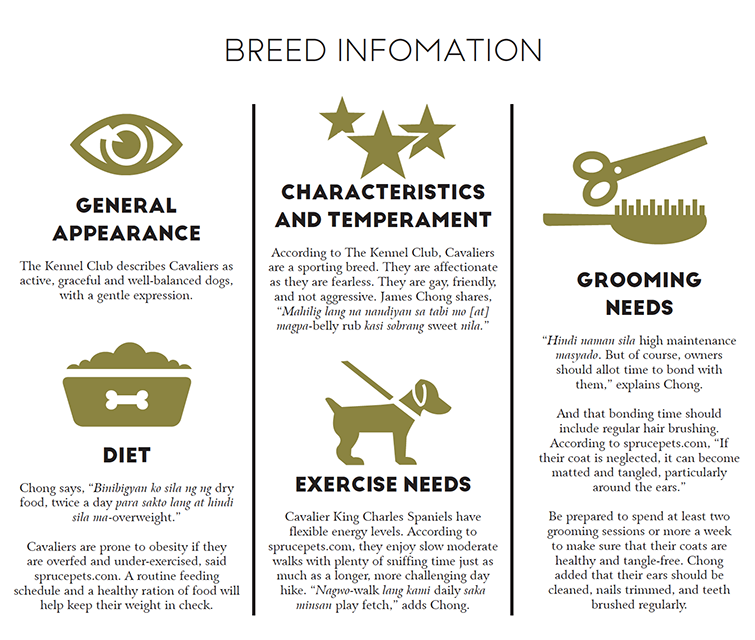
CANINE CONFUSION
StoryAnother toy spaniel breed named after King Charles II, the King Charles Spaniel, often gets confused for the Cavalier King Charles Spaniel, sometimes even being considered as one and the same. The two breeds are both toy spaniels, descended from renaissance ancestors, and come in the same coat colors – but their similarities end there. They are two different breeds with distinct physical characteristics and identities. The most notable differences between the two breeds are the skull, jaws, and paws. The King Charles Spaniel has a dome-shaped skull, an overshot jaw, and fused middle paws, while the Cavalier King Charles Spaniel has a flat skull between its ears, a scissor bite, and compact non-fused paws.Personality-wise, although they are both gentle and affectionate, the King Charles is more reserved than the more outgoing Cavalier King Charles.Story
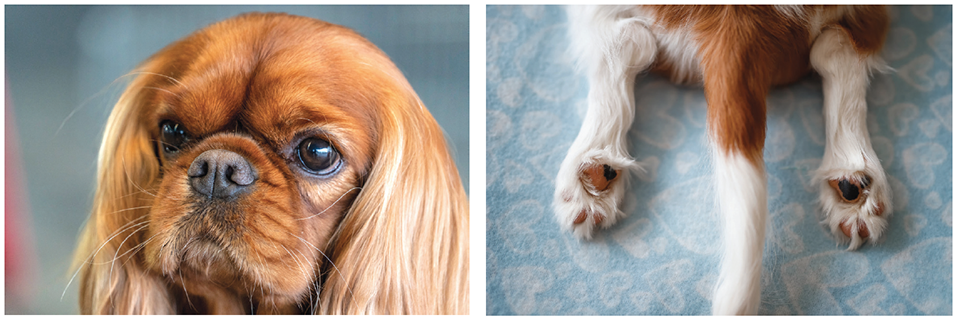
The King Charles Spaniel has a dome-shaped skull.
The Cavalier King Charles Spaniel has compact, non-fused paws.
Photos by JEFFREY C. LIM





